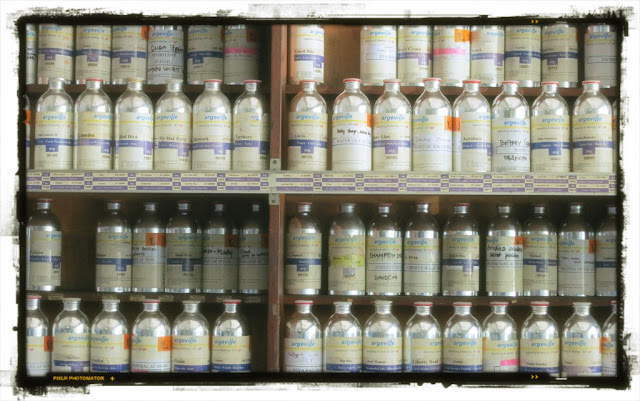It is not a secret that we use all five of our senses to make a buying decision, whether consciously or unconsciously and thus a complete brand experience must tackle each of them: what the customer sees, hears, feels, smells and touches. Today we are sharing with you our dedication to our guests’ nose…
You may have noticed that when walking in a cinema the smell of popcorn awakens your taste buds or that the aroma of coffee makes you crave for one. But it is not only the smell of food that makes you hungry… A 2006 study found that customers who ate at a restaurant that used the scent of lavender generally stayed 15 minutes longer and spent 20% more.
Reflecting on this underused sense in marketing, we decided to develop a scent that captures the essence of Cuca. We are looking for something casual but still sophisticated, uplifting, that pulls you out of your worries and into Cuca’s mood to taste and enjoy. Something you notice when you walk in, that you will remember when you walk out and that comforts you while you are with us.
We won’t release Cuca signature aroma yet. It is still in our head and in the hands of our aroma guru.










